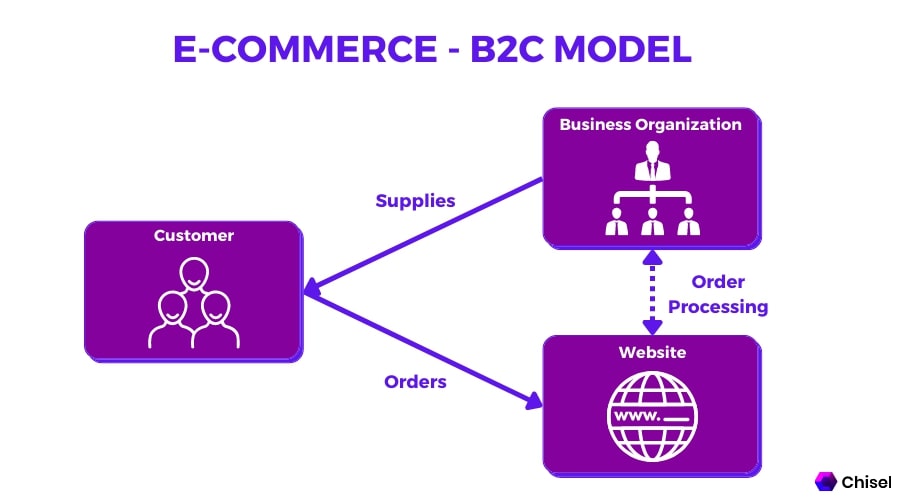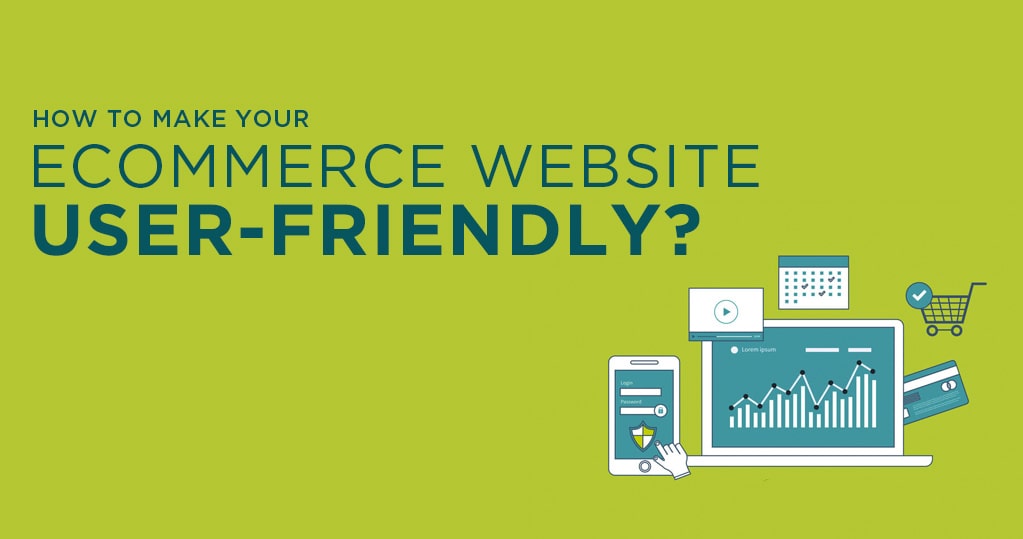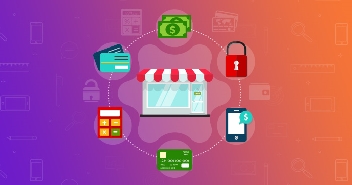e_commerce

E-commerce
In today’s digital age, e-commerce has revolutionized the way we buy and sell products and services.
Definition and overview of e-commerce
E-commerce, short for electronic commerce, refers to the buying and selling of goods and services over the internet. This means that transactions can take place online, eliminating the need for physical stores or face-to-face interactions. From online marketplaces like Amazon and eBay to small businesses that sell products through their own websites, e-commerce has reshaped the retail landscape.
Importance of e-commerce in the modern business landscape
E-commerce has become crucial for businesses of all sizes due to its numerous benefits. It allows businesses to expand their reach and tap into a global market, reaching customers beyond geographical limitations. E-commerce also provides convenience for both businesses and customers, as transactions can be made 24/7 from anywhere in the world. Moreover, it reduces operational costs and enables businesses to offer personalized experiences, leading to increased customer satisfaction and loyalty.
Various forms of e-commerce platforms and models
There are various forms of e-commerce platforms and models that cater to different business needs. Business-to-consumer (B2C) platforms are the most common, where businesses sell directly to individual customers. Business-to-business (B2B) platforms focus on transactions between businesses, while consumer-to-consumer (C2C) platforms enable individuals to buy and sell products to each other. Additionally, there are also mobile commerce (m-commerce) platforms that facilitate transactions through mobile devices, and social commerce platforms that leverage social media for selling products.
Overall, e-commerce has transformed the way businesses operate and how consumers shop. Its convenience, global reach, and cost-effectiveness make it an indispensable tool for businesses in the modern digital landscape.

Benefits of E-commerce
Convenience and accessibility for consumers
In the digital age, e-commerce offers unparalleled convenience for consumers. With just a few clicks, shoppers can browse through a wide range of products, compare prices, and make purchases from the comfort of their own homes. This accessibility eliminates the need to physically visit stores or adhere to traditional business hours. Additionally, e-commerce platforms often offer features like personalized recommendations and customer reviews, enhancing the overall shopping experience.
Global reach and expanded customer base
One of the greatest advantages of e-commerce is its global reach. Businesses can break geographical barriers and sell their products or services to customers worldwide. This allows for a significantly expanded customer base and unlimited growth opportunities. Furthermore, e-commerce provides businesses with the ability to target specific demographics and tailor marketing strategies accordingly, reaching potential customers who may have otherwise been inaccessible.
Cost savings and operational efficiency for businesses
E-commerce offers significant cost savings and operational efficiency for businesses. Without the need for physical stores and staff, overhead costs are reduced. Online platforms also enable streamlined inventory management, automated order processing, and efficient customer support. Additionally, data analytics and customer tracking tools provide valuable insights that can inform business decisions and enhance marketing efforts. These benefits allow businesses to allocate resources more effectively and maximize profitability.
In conclusion, e-commerce provides numerous benefits for both consumers and businesses. From convenience and accessibility to global reach and cost savings, embracing e-commerce can be a game-changer in today’s digital marketplace.

Types of E-commerce
Business-to-Consumer (B2C) e-commerce
In B2C e-commerce, businesses sell products or services directly to consumers. This is the most common type of e-commerce and includes online retail platforms like Amazon or Walmart. B2C transactions are typically conducted through websites or mobile apps, making shopping convenient for consumers.
Business-to-Business (B2B) e-commerce
In B2B e-commerce, businesses sell products or services to other businesses. This type of e-commerce is characterized by bulk orders, long-term relationships, and higher transaction values. B2B e-commerce platforms enable companies to streamline their supply chains, manage inventory, and collaborate with partner businesses more efficiently.
Consumer-to-Consumer (C2C) e-commerce
C2C e-commerce involves individuals buying and selling products or services to each other through online marketplaces. These platforms, such as eBay or Airbnb, enable individuals to act as both buyers and sellers, creating a peer-to-peer marketplace. C2C e-commerce has gained popularity due to the sharing economy and individuals looking to monetize their assets or skills.
Consumer-to-Business (C2B) e-commerce
C2B e-commerce occurs when individuals sell their products or services to businesses. This type of e-commerce is commonly seen in freelance platforms where individuals offer their skills or expertise to businesses in need. C2B e-commerce allows businesses to access a pool of talented individuals for specialized tasks or projects.
In conclusion, understanding the different types of e-commerce is crucial for entrepreneurs and marketers looking to establish an online presence. Whether you’re selling directly to consumers or collaborating with other businesses, e-commerce provides a range of opportunities to connect with customers and expand your market reach.

Key Components of E-commerce
When it comes to e-commerce, there are a few key components that every successful online business should have. These components work together to create a seamless buying experience for customers and ensure the smooth operation of your online store.
Online storefronts and websites
Having an attractive and user-friendly website is essential for any e-commerce business. Your website should showcase your products or services, provide detailed descriptions and images, and make it easy for customers to navigate and make purchases. A well-designed online storefront can help build trust with your customers and encourage repeat business.
Secure payment gateways and transactions
One of the most important aspects of e-commerce is ensuring the security of customer data. Your online store should have secure payment gateways and encryption to protect sensitive information during transactions. Providing multiple payment options and a streamlined checkout process can help increase customer confidence and prevent cart abandonment.
Inventory management and order processing systems
Efficient inventory management is crucial for e-commerce businesses to ensure you can fulfill orders and avoid stockouts. Implementing inventory management and order processing systems can help you track inventory levels, manage stock replenishment, and streamline order fulfillment. This will lead to improved customer satisfaction and reduce the likelihood of overselling or shipping delays.
Customer relationship management (CRM) tools
To build and maintain strong customer relationships, e-commerce businesses should utilize CRM tools. These tools can help you track customer interactions, personalize communications, and provide exceptional customer service. By understanding your customers’ preferences and purchasing behavior, you can tailor marketing messages and offers to increase customer loyalty and drive repeat business.
In conclusion, a successful e-commerce business requires a well-designed website, secure payment processes, efficient inventory management, and effective CRM tools. By investing in these key components, you can provide an exceptional online shopping experience and build a loyal customer base.

E-commerce Strategies and Best Practices
Building a user-friendly and intuitive website
Creating a website that is user-friendly and intuitive is crucial for the success of your e-commerce business. This means designing a clean and organized layout, providing clear navigation, and ensuring that the checkout process is easy and hassle-free. Customers should be able to find what they are looking for quickly and easily, without any confusion or frustration.
Implementing effective digital marketing campaigns
Digital marketing plays a vital role in driving traffic to your e-commerce website. Implementing effective strategies like search engine optimization (SEO), social media marketing, and email marketing can help increase your online visibility, attract more customers, and ultimately boost sales. It’s important to identify your target audience and tailor your marketing campaigns to their preferences and needs.
Optimizing for mobile e-commerce and responsive design
With the increasing use of smartphones and tablets for online shopping, optimizing your e-commerce website for mobile devices is essential. This includes utilizing responsive design, which ensures that your website adapts to different screen sizes and provides a seamless user experience across all devices. Mobile optimization improves accessibility and convenience for your customers, leading to increased sales and customer satisfaction.
Utilizing data analytics for personalized customer experiences
Leveraging data analytics can help you understand your customers’ preferences, behavior, and purchasing patterns. With this valuable information, you can create personalized customer experiences, tailor product recommendations, and send targeted promotions. By utilizing data analytics, you can improve customer satisfaction, increase customer loyalty, and drive repeat purchases.
Remember, these strategies and best practices are not definitive, and it’s important to continuously monitor and adapt them based on the ever-changing e-commerce landscape and customer demands.

Importance of secure transactions and data protection
When it comes to e-commerce, security and trust are paramount. Customers need to feel confident that their personal and financial information is safe when making online transactions. This is why businesses must prioritize secure transactions and data protection.
By implementing secure payment gateways, encryption technologies, and robust data protection measures, businesses can ensure that their customers’ sensitive information is safeguarded against unauthorized access and cyber threats. Building this trust is crucial for attracting and retaining customers in the competitive world of e-commerce.
In addition to protecting customer data, businesses also need to focus on securing their own systems and networks. Investing in cybersecurity measures, regularly monitoring network activity, and implementing strong authentication protocols can significantly reduce the risk of data breaches and ensure the integrity of the e-commerce platform.
By prioritizing e-commerce security and maintaining customer trust, businesses can establish a reputation for reliability and credibility. This not only encourages repeat purchases from existing customers but also attracts new customers who value the security of their online shopping experience.
Overall, understanding and addressing the importance of secure transactions and data protection is crucial for building a successful e-commerce business. By creating a secure and trustworthy environment, businesses can thrive in the digital marketplace and establish lasting relationships with their customers.
E-commerce, also known as electronic commerce, is the buying and selling of goods and services over the internet. It is a broad term that encompasses all types of e-commerce transactions, from business-to-consumer (B2C) to business-to-business (B2B) to consumer-to-consumer (C2C).
E-commerce has become increasingly popular in recent years, as more and more people have access to the internet and smartphones. In 2022, global e-commerce sales reached $5.2 trillion, and they are expected to grow to $7.4 trillion by 2025.
There are a number of benefits to e-commerce for both businesses and consumers. Businesses can reach a global audience with their products and services, and they can operate 24/7. Consumers have a wider selection of products to choose from, and they can shop from the comfort of their own homes.
Here are some examples of e-commerce:
- Online stores, such as Amazon and eBay
- Online marketplaces, such as Etsy and Poshmark
- Subscription services, such as Netflix and Amazon Prime
- Food delivery services, such as Uber Eats and DoorDash
- Travel booking websites, such as Expedia and Booking.com
E-commerce is a convenient and efficient way to buy and sell goods and services. It is also a major contributor to the global economy.
Here are some trends in e-commerce:
- The rise of mobile commerce: More and more people are shopping online from their mobile devices. Businesses need to make sure their websites and online stores are optimized for mobile.
- The growth of social commerce: Social media platforms are increasingly being used for shopping. Businesses need to have a strong social media presence and use social commerce tools to sell their products and services.
- The increasing popularity of subscription services: Subscription services are becoming increasingly popular, as they offer convenience and value to consumers. Businesses need to consider offering subscription services to meet the needs of their customers.
- The rise of artificial intelligence (AI): AI is being used in a variety of ways to improve the e-commerce experience, such as product recommendations, personalized search results, and fraud prevention. Businesses need to adopt AI technologies to stay ahead of the competition.
E-commerce is a dynamic and rapidly growing industry. Businesses need to stay up-to-date on the latest trends and technologies in order to succeed.
Here are some tips for businesses that want to succeed in e-commerce:
- Create a user-friendly website or online store. Your website should be easy to navigate and checkout should be quick and easy.
- Offer competitive prices and shipping options. Shoppers are price-sensitive, so it is important to offer competitive prices. You should also offer a variety of shipping options to meet the needs of your customers.
- Provide excellent customer service. Customer service is essential for e-commerce businesses. Make sure that it is easy for customers to contact you and that you respond to their inquiries promptly.
- Use social media to promote your business. Social media is a great way to connect with potential customers and promote your products and services.
- Consider offering subscription services. Subscription services are becoming increasingly popular, as they offer convenience and value to consumers.
- Invest in new technologies, such as AI. AI can help you to improve the e-commerce experience for your customers and stay ahead of the competition.
